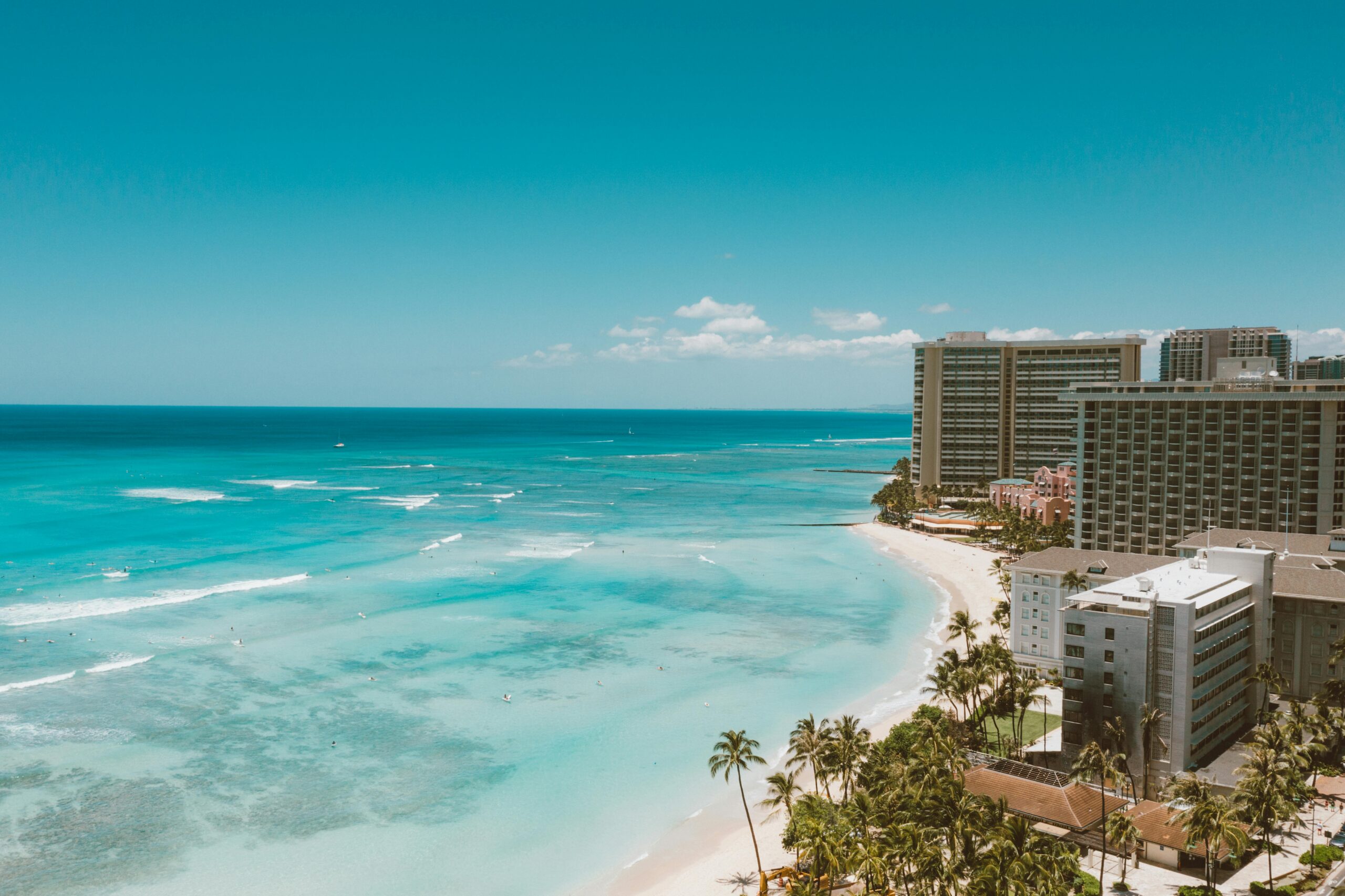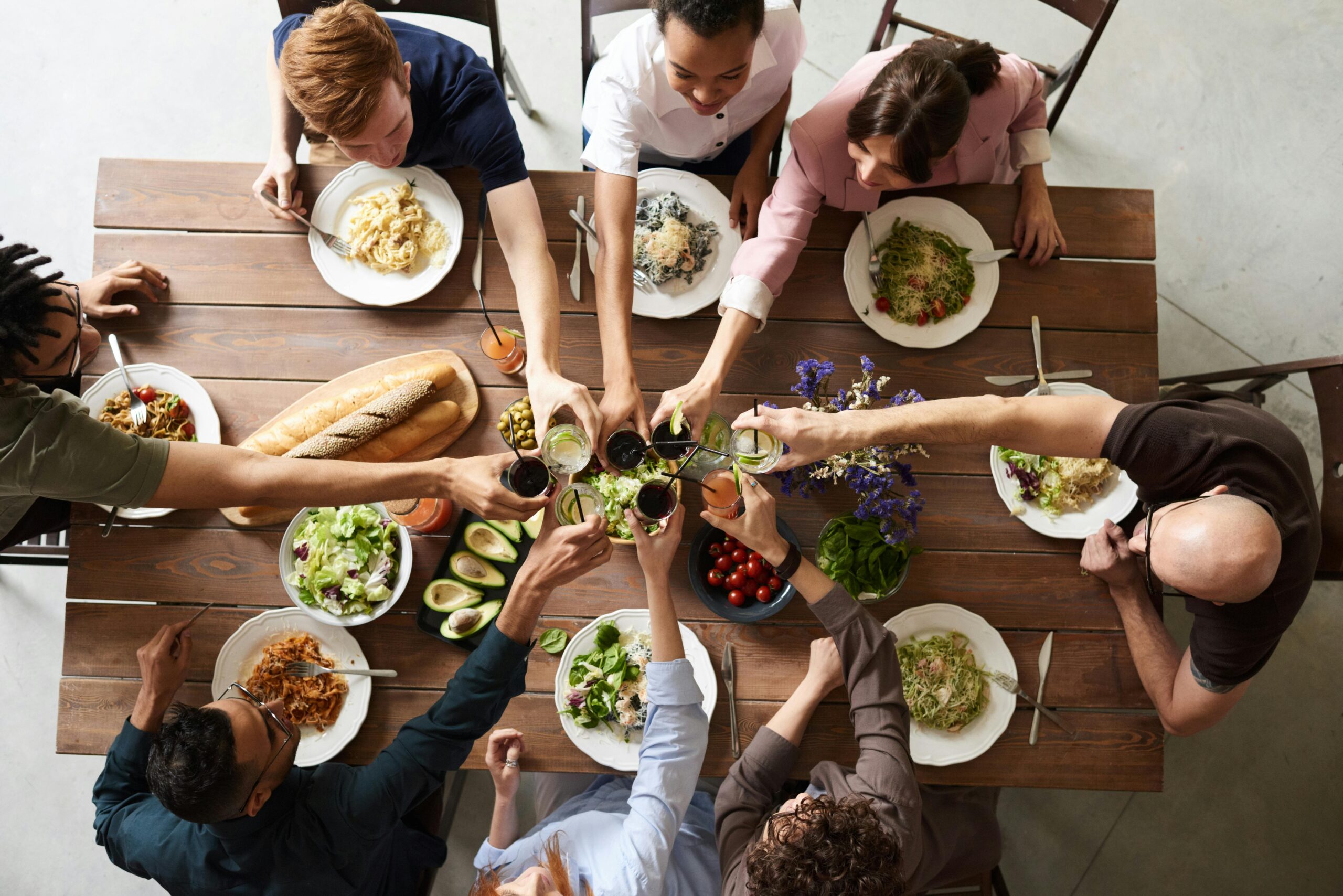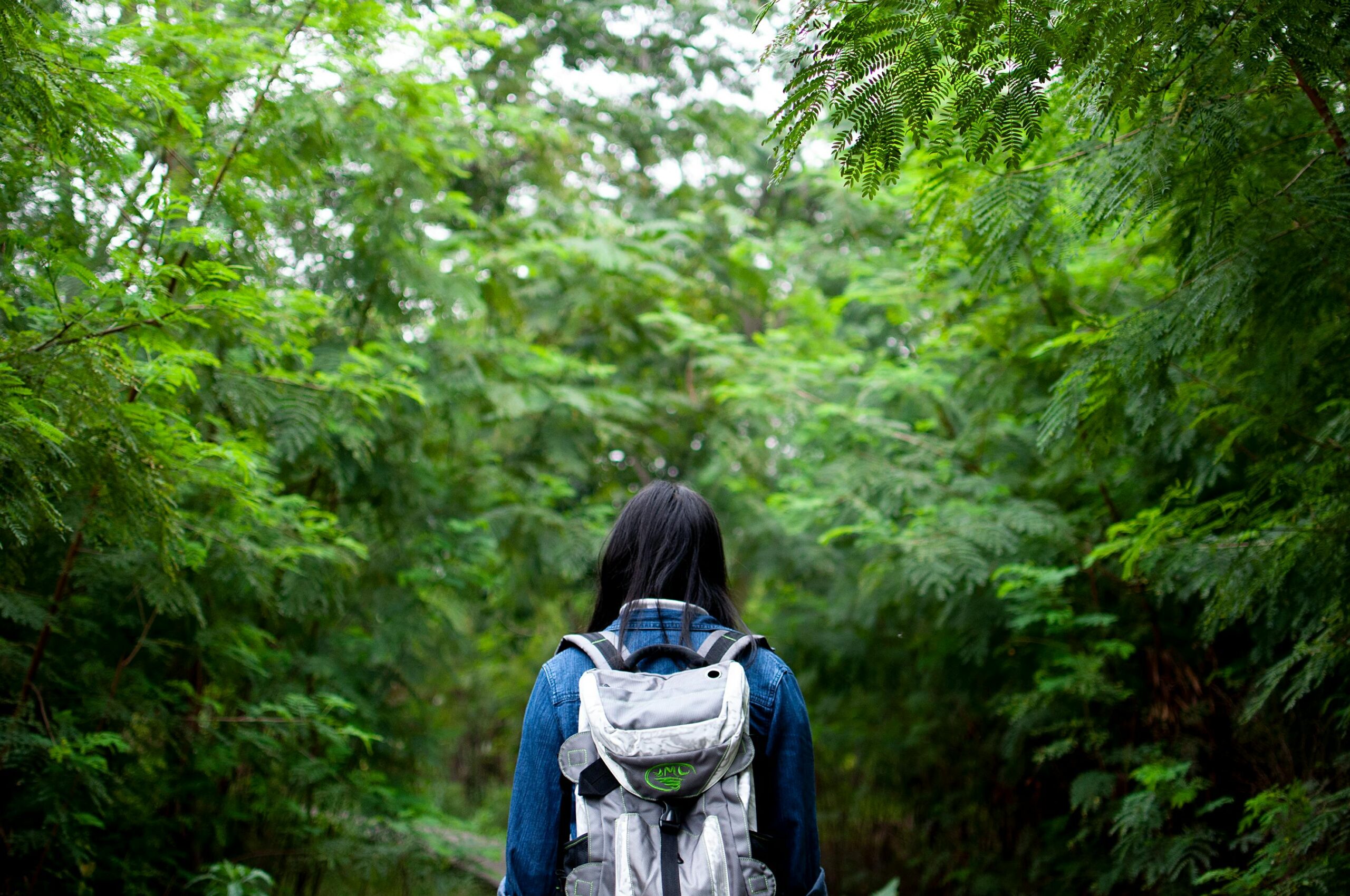When you think of Hawaii, the mind usually wanders to sun-drenched beaches, crystal-clear waters, and postcard-perfect sunsets. Yet beneath this iconic image lies a vibrant tapestry of culture, adventure, and environmental nuance that few visitors expect. From hidden local gems to the challenges of sustainable tourism, the real Hawaii is as complex as it is beautiful.
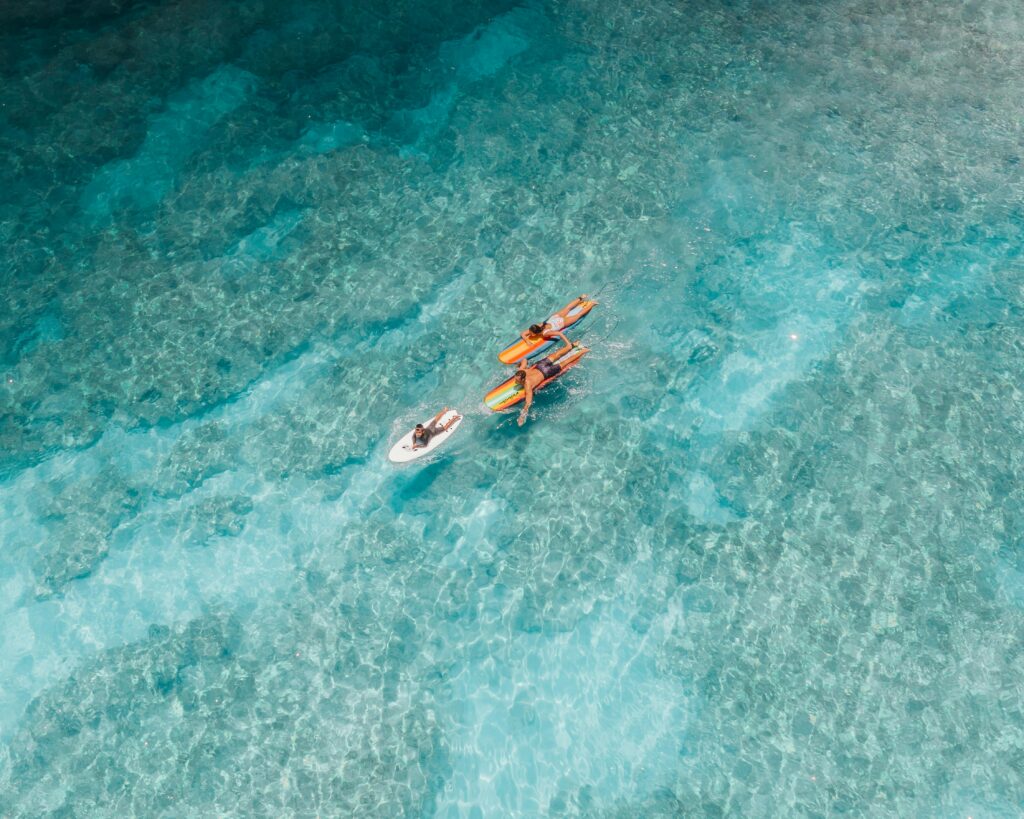
Beyond the Tourist Trail
Hidden Natural Wonders:
While many flock to Waikiki and Maui’s famous coastlines, Hawaii’s lesser-known islands and remote spots offer equally breathtaking experiences. Explore lush valleys in Kauai, hike through ancient lava fields in the Big Island, or kayak through hidden sea caves off Oahu. These experiences provide a more intimate connection with Hawaii’s diverse ecosystems and encourage discovery off the beaten track.
Local Food and Artisan Culture:
Hawaii’s culinary scene is a melting pot of influences—from traditional Hawaiian poke bowls and kalua pork to the innovative fusion dishes created by local chefs. Venture into neighborhood food trucks, farmers’ markets, and small family-run eateries where the flavors tell the story of the islands’ rich cultural history. Meanwhile, local artisans keep ancient crafts and traditions alive, offering unique souvenirs that go far beyond mass-produced trinkets.
Cultural Depth and Community Connections
Immersive Cultural Encounters:
Travelers willing to take a deeper dive into Hawaiian culture will find plenty to explore. Attend a traditional luau that goes beyond the spectacle to share stories of heritage and struggle, or participate in hula workshops and ukulele lessons led by masters of their craft. These authentic interactions provide valuable insights into the local way of life and the enduring significance of traditions passed down through generations.
Community-Led Tourism:
In recent years, community-led tourism initiatives have emerged as a vital part of Hawaii’s travel landscape. These programs are designed to empower local residents, ensuring that tourism benefits communities directly. From guided tours of historical sites off the tourist radar to eco-friendly homestays in rural areas, these experiences offer a heartfelt look at how locals preserve their culture and environment.
Environmental Realities and Sustainable Travel
Nature’s Unpredictability:
Hawaii’s natural beauty comes with inherent challenges. Volcanic activity, unpredictable weather patterns, and fragile ecosystems remind us that the islands are a living, dynamic environment. Travelers are encouraged to stay informed about weather updates, understand local safety advisories, and respect restricted areas designed to protect delicate habitats.
Embracing Sustainability:
Sustainable travel is more than a buzzword in Hawaii—it’s a necessity. As tourism grows, so does the strain on natural resources and cultural sites. Visitors can help by choosing eco-friendly accommodations, supporting locally owned businesses, and participating in beach clean-ups or conservation projects. Taking the time to learn about Hawaii’s efforts to balance tourism with environmental stewardship can enrich your visit and contribute to the islands’ long-term wellbeing.
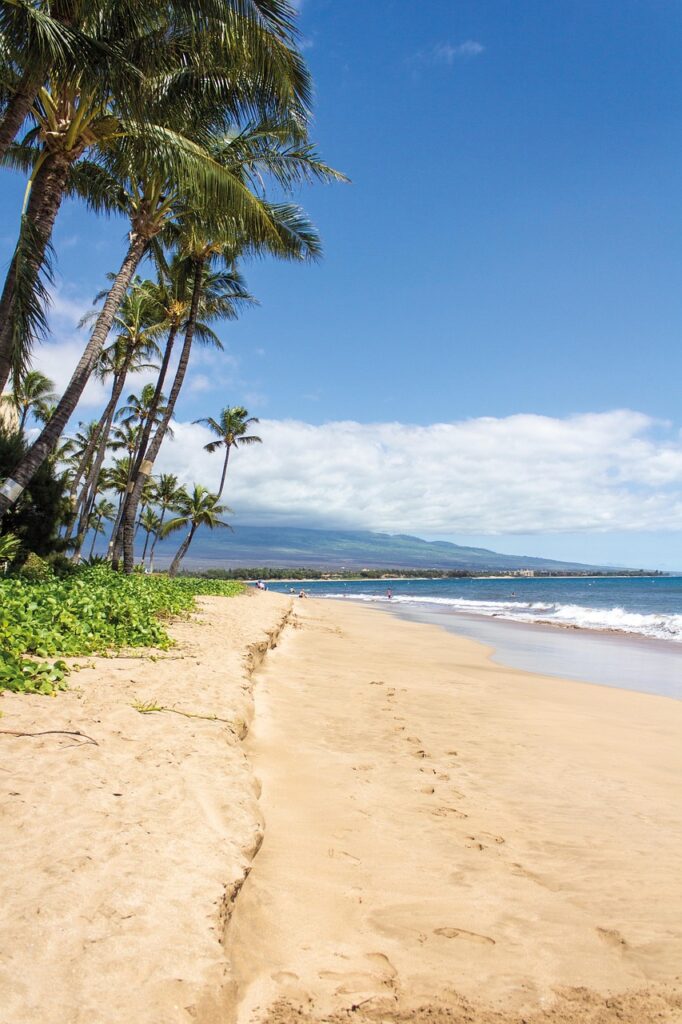
Practical Tips for the Unexpected Traveler
Plan Beyond the Itinerary:
Don’t let a rigid travel plan limit your experience. Allow flexibility in your schedule to explore spontaneous opportunities, whether it’s a hidden hiking trail revealed by a local or an unplanned visit to a secluded beach.
Respect Local Customs:
Understanding and respecting Hawaiian etiquette is key. Simple actions like learning basic Hawaiian phrases, observing local traditions, and asking permission before taking photos in sacred sites can deepen your connection to the community and show respect for local culture.
Prepare for Varied Conditions:
Pack a versatile wardrobe and gear. While beach attire is essential, you might also find yourself needing hiking boots, rain jackets, or layers for cooler highland evenings. Preparation ensures you’re ready for whatever unexpected adventure comes your way.
Frequently Asked Questions
Q: What unexpected experiences can I have in Hawaii?
A: Beyond well-known tourist spots, visitors can explore hidden natural wonders, engage with local artisans, participate in community-led tours, and experience authentic cultural events that offer a deeper understanding of island life.
Q: How do I respectfully engage with local culture?
A: Learn and use basic Hawaiian phrases, observe local etiquette, ask permission before taking photos in culturally significant areas, and participate in community-run initiatives to ensure respectful and meaningful interactions.
Q: What sustainability practices should I follow while traveling in Hawaii?
A: Opt for eco-friendly accommodations, support local and small businesses, reduce your environmental footprint by using reusable items, and participate in conservation activities or volunteer programs if possible.
Q: Are there risks associated with Hawaii’s natural environment?
A: Yes, Hawaii’s dynamic environment means you might encounter sudden weather changes, volcanic activity in some regions, and fragile ecosystems. Always check local advisories, plan for varied conditions, and respect safety guidelines.
Q: How can I discover non-touristy, authentic spots?
A: Connect with local guides, explore community-led tourism options, and use resources like local blogs and social media channels dedicated to Hawaiian culture and sustainable travel. These avenues can uncover hidden gems beyond typical tourist itineraries.
Q: What practical items should I pack for an unexpected adventure?
A: Besides beach essentials, include versatile clothing for variable weather, comfortable hiking gear, and items like a reusable water bottle, sunscreen, and insect repellent. Being prepared enhances both safety and enjoyment.
Q: How does community-led tourism benefit local residents?
A: Community-led tourism ensures that profits from tourism directly benefit local communities. It encourages preservation of cultural practices, supports local businesses, and fosters genuine, respectful interactions between visitors and residents.
Q: Why is sustainable travel particularly important in Hawaii?
A: The growing number of tourists can strain Hawaii’s natural resources and cultural sites. Sustainable travel practices help to protect these resources, ensuring that the environment and local communities can thrive long into the future.
Q: Are there digital tools to help me plan a flexible itinerary?
A: Yes, many apps and websites offer real-time updates on local events, weather conditions, and off-the-beaten-track attractions, allowing you to adapt your plans on the fly.
Q: Where can I learn more about local conservation projects in Hawaii?
A: Check local tourism boards, conservation groups, and community centers that offer information on volunteer opportunities and eco-tourism initiatives. These resources provide ways to get involved and learn about protecting Hawaii’s natural beauty.
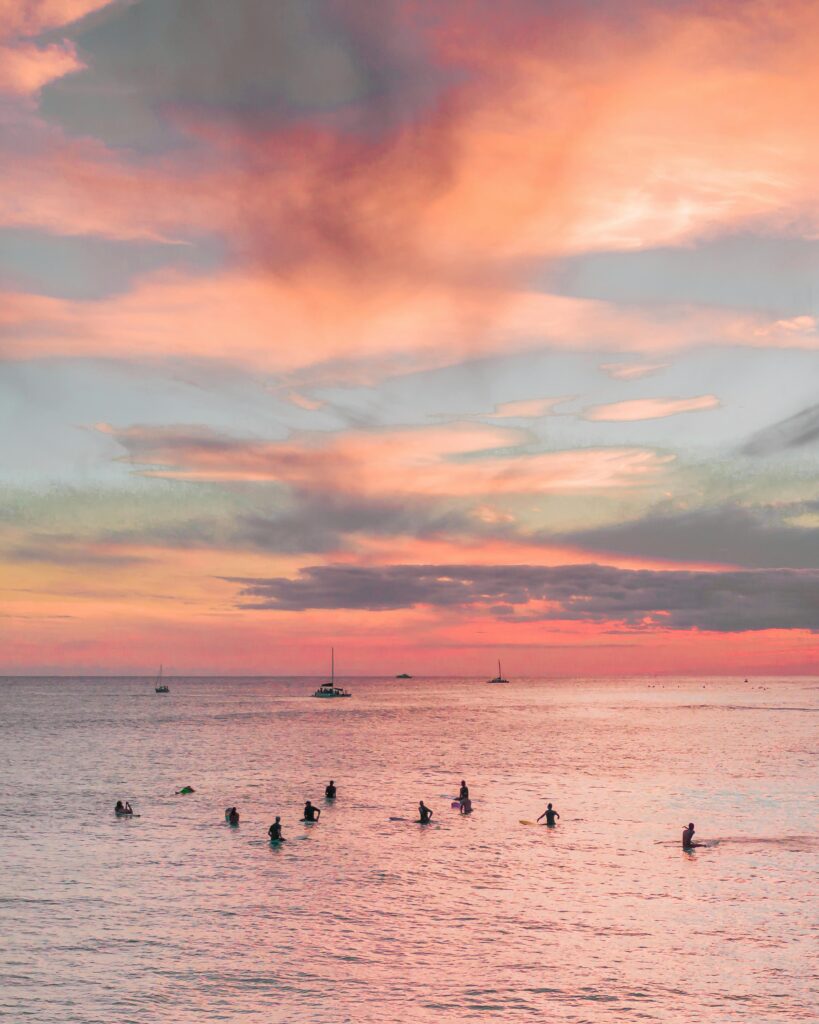
Hawaii is much more than a tropical escape. It’s an intricate mosaic of unexpected adventures, deep-rooted culture, and environmental wonder. By embracing both the well-known and the hidden aspects of the islands, travelers can forge a richer, more responsible connection with Hawaii—a connection that honors its past, celebrates its present, and helps safeguard its future.
Sources Beat of Hawaii
